Ask Ethan: Are We Deceiving Ourselves By Searching For B-Modes From Inflation?

If we find the earliest signal from the Universe’s birth, how can we be sure we aren’t fooling ourselves?
When it comes to the origin of the Universe, the Big Bang isn’t the beginning anymore. The hot, dense, matter-and-radiation filled state wasn’t the birth of space and time, but rather came about as the aftermath of a pre-existing state: inflation. According to inflation, space expanded not just rapidly, but exponentially and relentlessly, to stretch the Universe flat and give it the same properties everywhere. Only when inflation ended, and that energy driving it was converted into particles and antiparticles, did the Big Bang begin. But is there another signal we might detect, in addition to what we’ve seen so far, that might verify inflation? That’s what Jordan Cox wants to know, asking:
I have a question about B-Modes. I’ve read Dr. Keating’s book, Losing the Nobel Prize. In the book, he details his team’s search for B-modes, and claims this would be smoking gun for inflation. Dr. Hossenfelder, in a blog post, says this isn’t true and there are other ways to produce B-modes. What is the correct view?
In science, the most important thing is to get it right, not who is right. Let’s look at the physics of the Universe to find out.
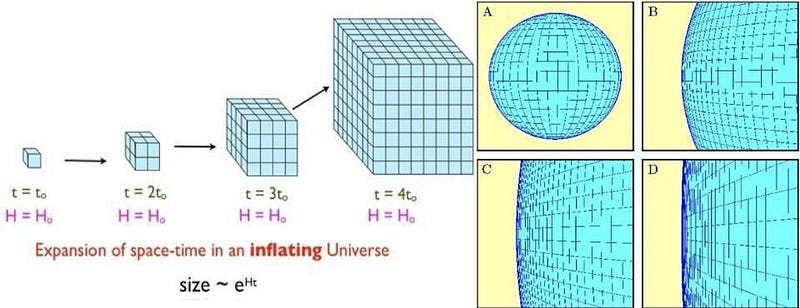
Despite claims to the contrary, inflation is a very powerful idea that makes a slew of explicit predictions. The big idea of inflation is that prior to the hot Big Bang, where the rapidly-expanding Universe was filled with an ultra-high-energy, ultra-high-density soup of matter, antimatter, and radiation, there was a different, unfamiliar state that set it up.
This inflationary state that came before, however, was vastly different. It hypothesizes that space was expanding very rapidly, but wasn’t filled with matter, antimatter, or radiation. Instead, it was filled with some type of field that behaved as though it were a form of energy intrinsic to space itself. As the Universe expanded, that energy density remained constant, enabling a relentless, exponential form of expansion. And only when inflation ended did that energy convert to matter, antimatter, and radiation, giving rise to the hot Big Bang.
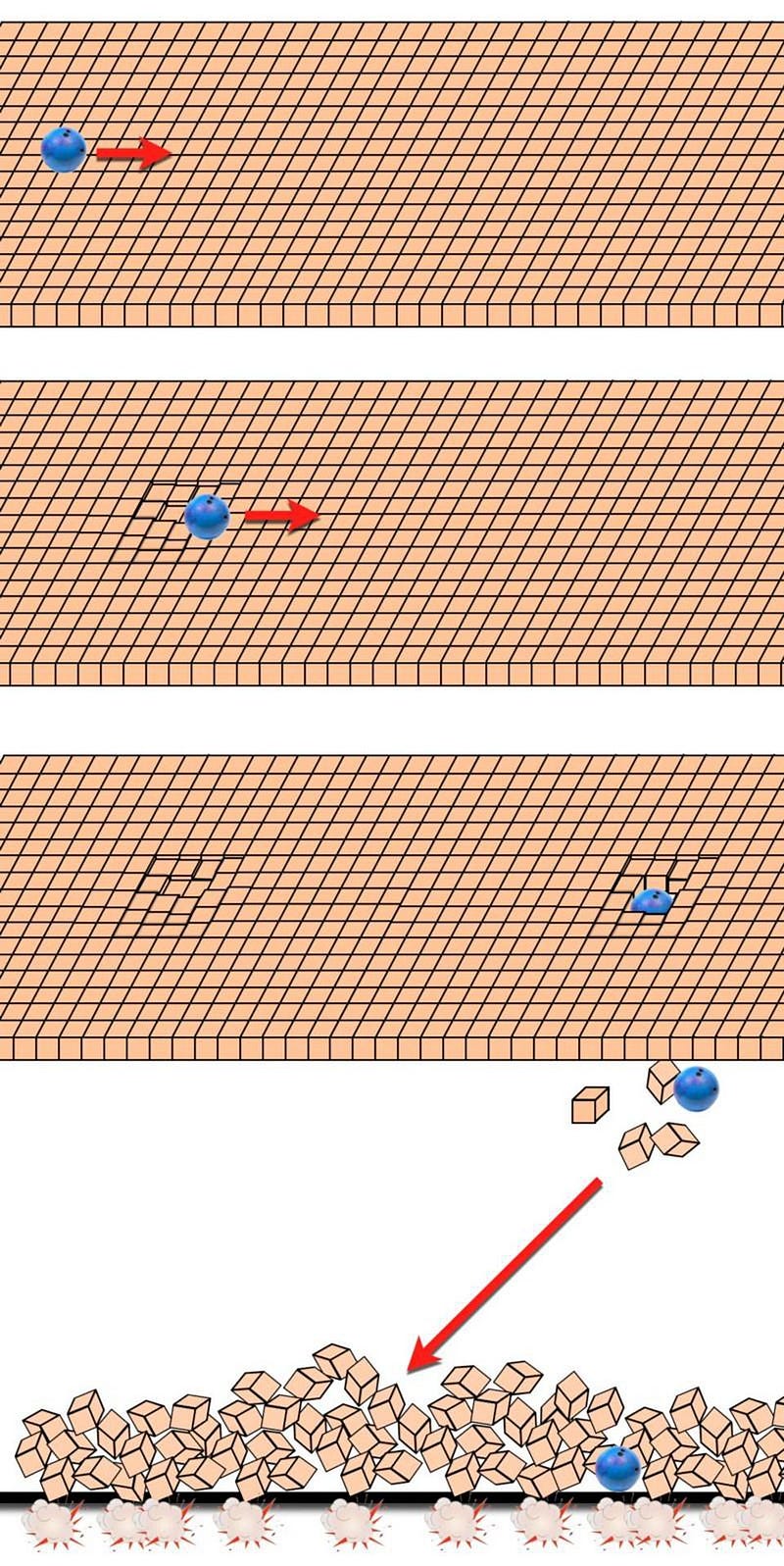
But during this inflationary state, a number of important things should have happened, quite generically, that would lead to observable consequences for the Universe that we inhabit. Because inflation, like everything that exists, should be inherently quantum in nature, it ought to fluctuate. These quantum fluctuations should come in two types: fluctuations in energy density, and fluctuations in gravitational waves.
The energy density fluctuations should, when inflation ends, correspond to regions of average, greater-than-average, or lower-than-average density, depending on how the fluctuations work. These fluctuations should have a specific imprint on large-scale structure formation and the temperature patterns in the cosmic microwave background, and should exhibit scale-dependent features that allow us to better understand what inflation must have been like.
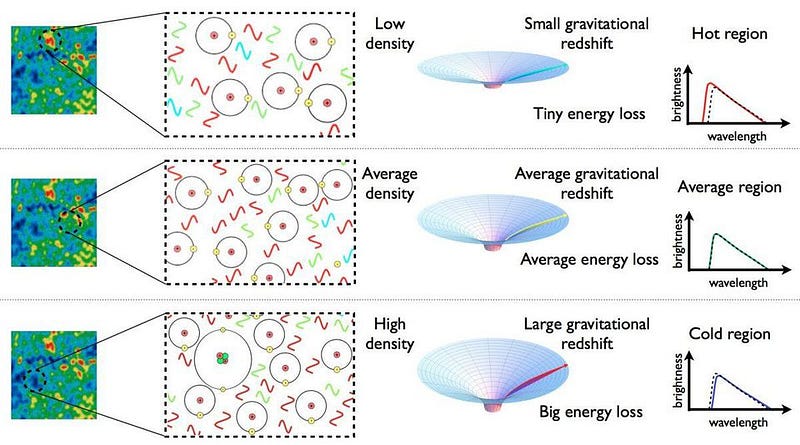
We should see a slight departure, at perhaps the 0.0001% level, of the Universe from perfect flatness. We should see density fluctuations on scales larger than the cosmic horizon. We should see an upper-limit, well below the Planck scale, to how hot the Universe could have gotten in the aftermath of the hot Big Bang. We should see slightly larger-magnitude fluctuations on the largest cosmic scales. And we should see that these density fluctuations have constant entropy, and be adiabatic in nature.
Four of these five predictions have already been confirmed, with only the departure-from-flatness prediction lying well-below our measurement thresholds today. By any reasonable set of criteria, inflation has already been validated by our observations.

But there’s another prediction that hasn’t been put to the test yet: the test of gravitational-wave fluctuations. We have no proof, as of yet, that gravity is an inherently quantum force in nature. But only if gravity is quantum will there be fluctuations in spacetime itself, generated by inflation, that will get stretched across the Universe. This was demonstrated, quite famously, by Bruce Allen in a 1987 paper. Although Sabine, mentioned above, has asserted that
…this detection would not have been evidence for quantum gravity because the measurement wouldn’t have revealed whether the waves were or weren’t quantized,
it isn’t important that we detect quantized waves. It is enough to detect a signature in the Universe that would only exist if gravity were quantum in nature. These gravitational waves from inflation would be that signature.
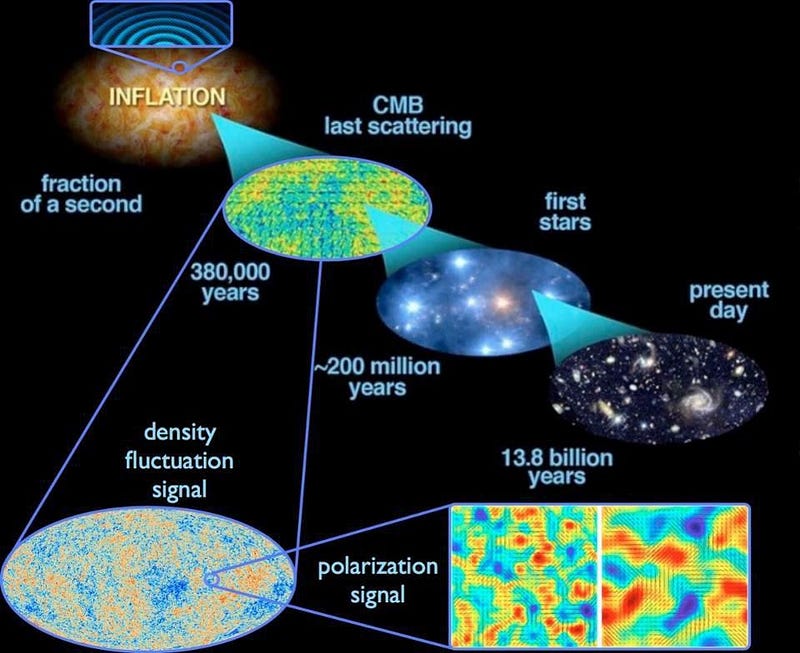
A gravitational wave signature from the early Universe is a tremendous prediction, but how to observe it is quite a challenge. Remember, only over the past three years have we ever seen gravitational waves directly, and it took merging black holes and neutron stars to make that possible. Direct detection of inflation’s gravitational wave background, such as through an extremely-long-baseline gravitational wave detector or an array of pulsars, are a long way off.
But there is an indirect way to see it that’s extremely promising. The light from the cosmic microwave background is affected by everything it passes through and everything that interacts with it. If inflationary gravitational waves exist, they should affect the polarization of that light in a particular way: by causing it to display a specific B-mode pattern. An illustration of what that might look like is below.
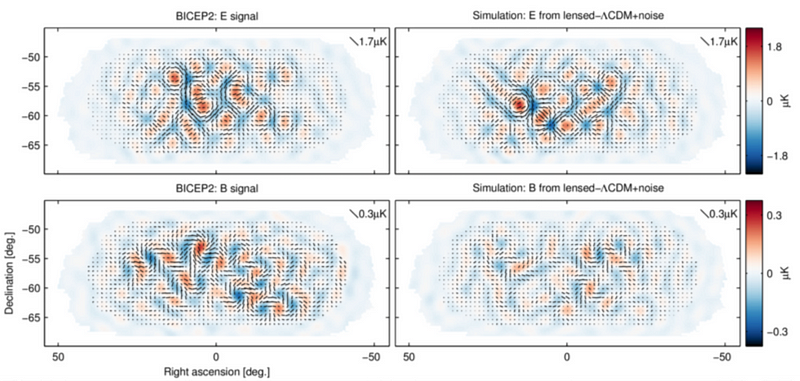
But is that unique? Other things might predict such a signature, too. Just because inflation (or any theory) predicts something doesn’t mean its predictions are unique. In fact, we know that there are many ways to generate B-mode polarizations in the cosmic microwave background. The presence of charged particles in the early Universe can do it; gravitational lensing can do it; foreground gas, dust, and plasma can do it.
What separates inflation’s predicted signature is that it makes explicitly unique predictions for how these B-modes, if they’re generated from inflation, should appear on a huge variety of scales in the cosmic microwave background. The only model-dependent uncertainty is the magnitude of these modes; their spectrum is entirely and uniquely determined from inflation.

So there are other ways to produce B-modes besides via inflation, and one can fairly easily concoct a non-inflationary scenario that either makes or doesn’t also make B-mode signatures. But unless the alternative you cook up is, for all intents and purposes, indistinguishable from inflation, there will be something very explicit that inflation predicts: how these B-mode signatures affect the full suite of cosmic scales accessible to us across all frequencies.
The key to finding an inflationary signature in the polarization of the cosmic microwave background isn’t simply by detecting B-modes; it’s by detecting B-modes with the right spectrum, relative amplitude, and frequency independence that inflation predicts. If we see those predictions, there’s no reasonable alternative to inflation. On this account, Keating is correct; if you see this specific signature, it should be treated as a tremendous confirmation of inflation.
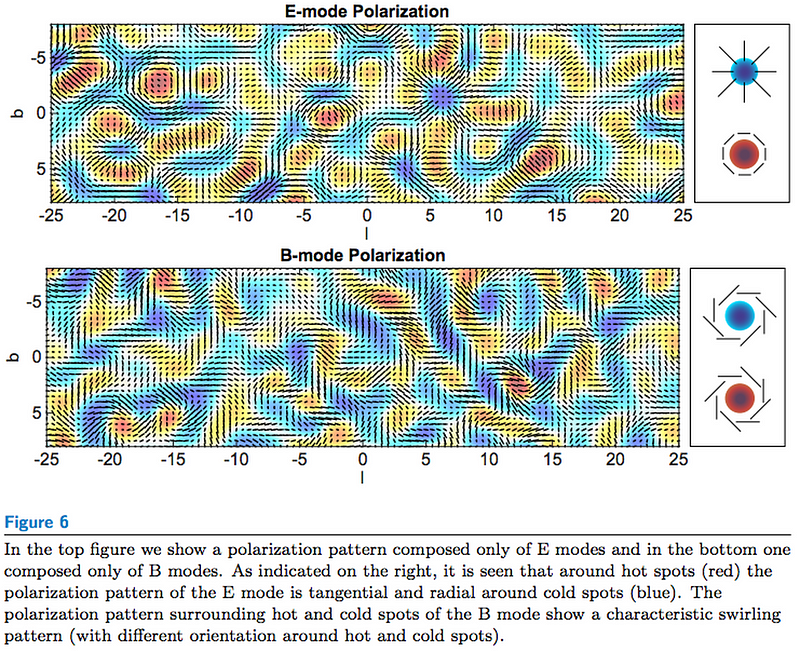
One problem that is rarely appreciated by the general public is that it’s never possible to prove a theory. All you can do is test it, and either validate or invalidate what your theory predicts. The more specific and restrictive your theory’s predictions are, the better your test will be. But even passing 4, 6, 100, or a million tests cannot prove your theory correct. You can only demonstrate that it continues to be valid, and a good description of reality.
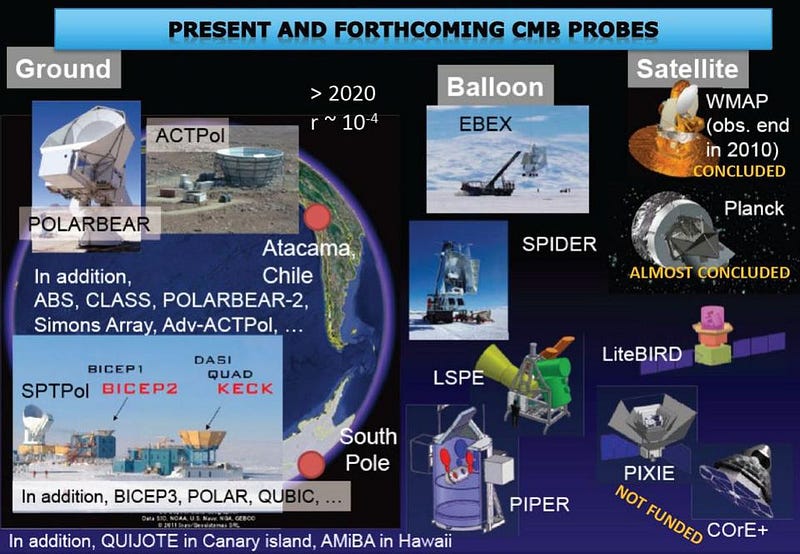
Inflation, by those accounts, is the best description of reality that we have when it comes to our cosmic origins. It sets up the Big Bang; it explains phenomena that are otherwise unexplained; it makes a series of new, testable predictions about the Universe; many of them have been confirmed. The amplitude of B-mode fluctuations is unknown, however. They could be right around the corner, to be revealed in the next decade or two of small-scale CMB experiments, or countless generations away. Only the Universe itself knows the answers to those secrets.
There will always, however, be another way to formulate or contrive your mechanisms to generate an alternative to inflation. Unless it makes new, testable, distinct predictions that differ from inflation’s, however, it won’t supplant inflation as the leading scientific theory of our cosmic origins. When that day comes, it will be new, superior data that sheds the necessary light on the story of our cosmic origins.
Send in your Ask Ethan questions to startswithabang at gmail dot com!
Ethan Siegel is the author of Beyond the Galaxy and Treknology. You can pre-order his third book, currently in development: the Encyclopaedia Cosmologica.




